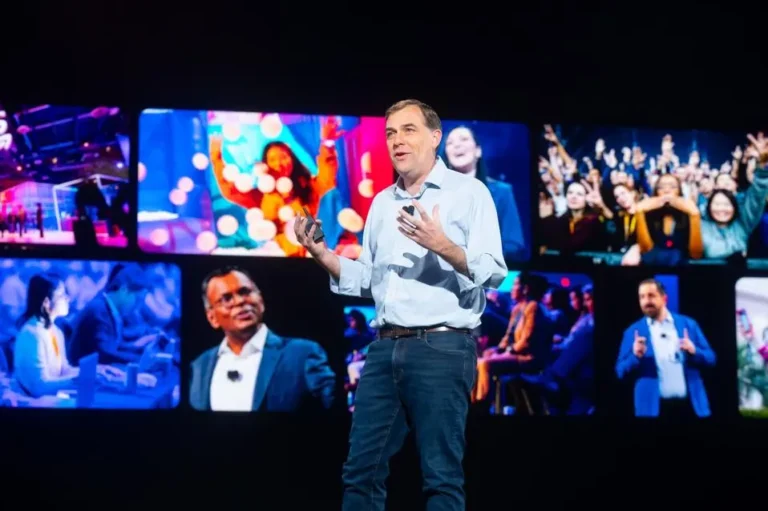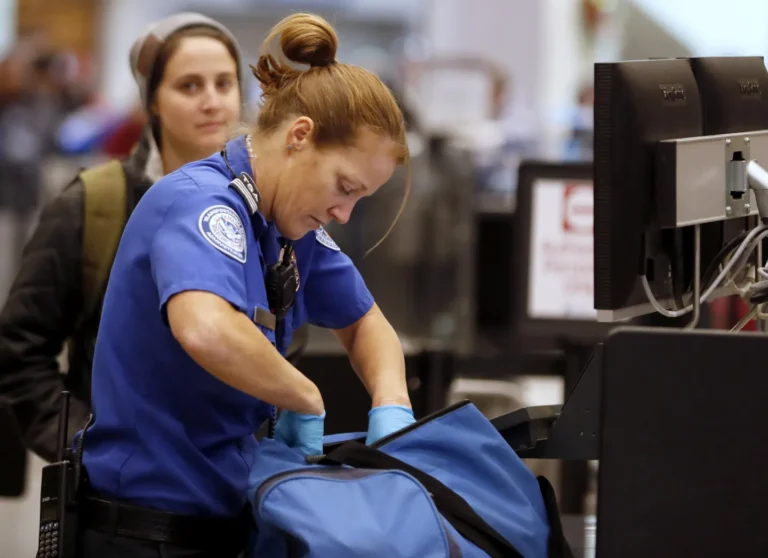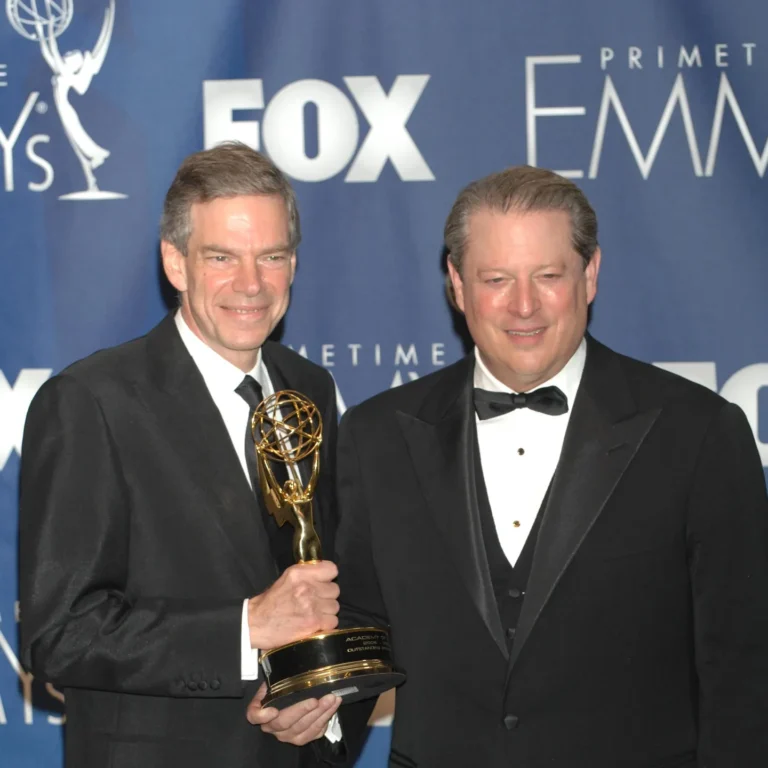Dean DeBiase is a best-selling author and Forbes Contributor reporting on how global leaders and CEOs are rebooting everything from growth, innovation, and technology to talent, culture, competitiveness, and governance across industries and societies.

How Polo Is Galloping Into The Sports Mainstream

By Dean DeBiase
March 26th, 2024
Polo is experiencing a transformative reboot—fueled by a shift in accessibility, strategic partnerships and the sport-inspired, lifestyle brand U.S. Polo Assn. (the official brand of the United States Polo Association). These two organizations have come together to breathe new life into this ancient game, creating global affiliation opportunities for brands, advertisers, media, fans and more.
Historically, polo is depicted as the sport of royalty—and for centuries had the perception of luxury and prestige, reserved for those of society. Tracing its origins back before recorded history, to 6th century BC in Persia (Iran), this first stick and ball game also had a wargames period for cavalry, troops, and royal guards. Can’t say that about football. West Point even embraced polo in 1901 with 17 Army posts playing the rough game, with the benefits of enhancing riding, teamwork, strategy and leadership skills.
Over the years, the game has moved from the royalty/society phase into a mass-market sports platform with millions of fans around the world. There are a lot of moving parts in this competitive team sport played in an arena approximately the size of nine American football fields.
In its simplest form, think of it as a ball game played on horseback, or better yet—hockey on horses! And you thought hitting a stationary golf ball was challenging.
Rebooting The Sport Of Kings (And Queens) Into The 21st Century
Not to be confused with the unrelated Ralph Lauren organization, U.S. Polo Assn. has a presence in 190 countries, with 1,200 retail stores, and thousands of wholesale locations spanning department stores, sporting goods channels, independent retailers and e-commerce sites.
It continues to climb the retail ranks as one of the largest global licensed sports brands in the world, ranking consistently alongside the NFL, MLB, and NBA. The brand closed out 2023 with $2.4 billion in global sales and is targeting $3 billion and 1,500 retail stores in the next few years.
Building A Lifestyle Sports Media Network
What was once considered a pastime for the affluent is now experiencing a resurgence, captivating new audiences and redefining the sport’s image in the modern era.
Recent years have brought a concerted effort to make the exciting sport more accessible to a wider audience. A crucial component of this expansion has been strategic partnerships with key players in the sports media landscape, most notably ESPN.
By teaming up with the number one sports network to air many of the top championship polo games of the year, the sport has been able to broaden its reach and engage with a new and diverse audience. Through extensive coverage of polo events, insightful commentary, and compelling storytelling like the award-winning series “Breakaway,” the ESPN broadcasts have helped to demystify the sport and make it more approachable for newcomers.
“Our mission is to serve all sports fans and cementing a relationship with Global Polo Entertainment, the USPA’s entertainment and media subsidiary, ensured a national platform for the USPA’s most prestigious events each year,” notes Brent Colborne, ESPN Senior Director of Programming and Acquisitions. “Longtime fans have benefited from our relationship and new fans have embraced the sport, which has led to ESPN adding a multiple year extension to our original rights agreement.”
Other partnerships made with U.S. Polo Assn. — like with the Federation of International Polo and the Collegiate Polo Partnership with 32 colleges in the U.S. — have also leveraged the power of digital platforms and social media, providing fans and marketing partners with multiple channels to experience the excitement of polo.
They are also adapting to the preferences and interests of younger audiences by embracing technology and innovation. From live streaming games to interactive fan experiences like at the Sports Illustrated “Big Game” Party in Las Vegas, the brand has utilized various digital platforms to engage with fans in new and exciting ways.
Creating New Audience Experiences
Like the LIV Golf team based format, polo is attracting new audiences. With the integration of music, art, and culture into events and new sponsorships, polo is attracting an even more diverse audience, further enriching the sport’s appeal for the younger generation—and CMO’s of major brands are paying attention.
In addition to expanding its reach through media, and global brands and college partnerships, U.S. Polo Assn. sponsors games around the world, including the British Gold Cup, the Italia Polo Challenge, The Dubai Cup and at the U.S. Open Polo Championship at the USPA-owned, National Polo Center in Palm Beach County, Florida. You may want to put this venue on your Florida travel bucket list and experience a game firsthand.
Polo continues to attract a younger generation of players and fans. The USPA has been working on ways to connect with millennials, Gen Z, and Gen Alpha, testing new platforms that are beginning to appeal to a more youthful demographic.
U.S. Polo Assn. has generated record growth in e-commerce with some 50 brand websites in more than 20 languages. The brand’s digital presence and global momentum on social media continues to expand, with nearly 8 million followers, and a growing Instagram and TikTok audience of 2.5 million followers. Brick-and-mortar stores are also transitioning to be more experiential—meeting fans and consumers where they want to be.
Global Growth Platform
Another trend I have noticed is that some of the biggest fans are coming from India, where the brand is investing heavily. According to company data, they now have a retail footprint of more than 400 stores, and over 2,000 shop-in-shops, across 200 cities in India.
Arvind Fashions Ltd. is the brand’s global partner in India, where U.S. Polo Assn. is the top casual menswear brand in the market based on sales. “U.S. Polo Assn. is an example of phygital retail — where we are blending the best of digital and physical channels to enhance both and deliver the best customer experience, ultimately enabling enhanced omnichannel engagement,” said Shailesh Chaturvedi, Managing Director and CEO, Arvind Fashions Ltd. “We strive to immerse consumers in the unique brand story across all major touchpoints.”
Other consumer connection approaches are being created like the new e-magazine, Field X Fashion. The digital magazine is distributed globally to partners, fans and consumers and printed for special events. It merges sport and fashion and tells the story of the events—from global fashion shows and sporting events to country-specific stories and seasonal launches.
Classic Americana Brand Building
Leaders at major consumer brands, retailers, and ecommerce providers can learn some new approaches from this reboot story. Central to their growth effort has been the classic sport-inspired brand that embodies the spirit of polo in its iconic double horsemen logo and timeless designs that people seem to want. With the brand’s heritage and aesthetic appeal, U.S. Polo Assn. has been able to leverage its authentic connection to the sport and the polo lifestyle.
Through stylish seasonal collections, social media campaigns, and experiential marketing initiatives, they have helped to reinvigorate interest in the sport among young consumers, fostering a sense of belonging and community—even from consumers who haven’t seen a game yet. In my interview with U.S. Polo Assn.’s CEO, J. Michael Prince, he elaborated on their growth strategy, “What works for this brand is that we are classic Americana, connected to a sport that people are intrigued by, and we offer working, middle income families all over the world, a great price to value proposition to engage with a really good brand. We are very proud of that.”
Empowering Female Athletes
Another aspect of polo’s evolution has been its commitment to gender equality and the empowerment of female athletes. While polo has traditionally been male dominated, there has been a concerted effort in recent years to promote greater inclusion and diversity within the sport.
This includes initiatives to support and celebrate female polo players, from grassroots development programs to professional leagues and tournaments.
Additionally, the emergence of co-ed teams and events has provided opportunities for women to compete on equal footing with their male counterparts, challenging traditional gender norms and fostering a more inclusive polo community.
According to the USPA, female polo players are around 50% of the players in the United States and 60% of the collegiate players, and the U.S. Open Women’s Polo Championship, where you can watch the best on the field women in polo play, is on ESPN. Through sponsorships, collegiate and intercollegiate support, marketing campaigns, and advocacy efforts, U.S. Polo Assn. have helped to elevate the visibility and recognition of women in polo, paving the way for a more equitable and inclusive future.
Power Of Partnerships
The connections between the sport of polo ecosystem and U.S. Polo Assn. provides valuable lessons on leveraging the power of private, public and non-profit partnerships.
By embracing accessibility and new audiences, leveraging media and sponsorships, and engaging schools while empowering women, polo is experiencing a renaissance that can propel it into the mainstream consumer psyche.
As the sport continues to evolve, grow and compete with other major sports—fueled by the continued energy and creativity of its partners and supporters, I think polo will be on a track to become a 21st Century mass-market sports platform that benefits brands, media, consumers and societies around the globe.






